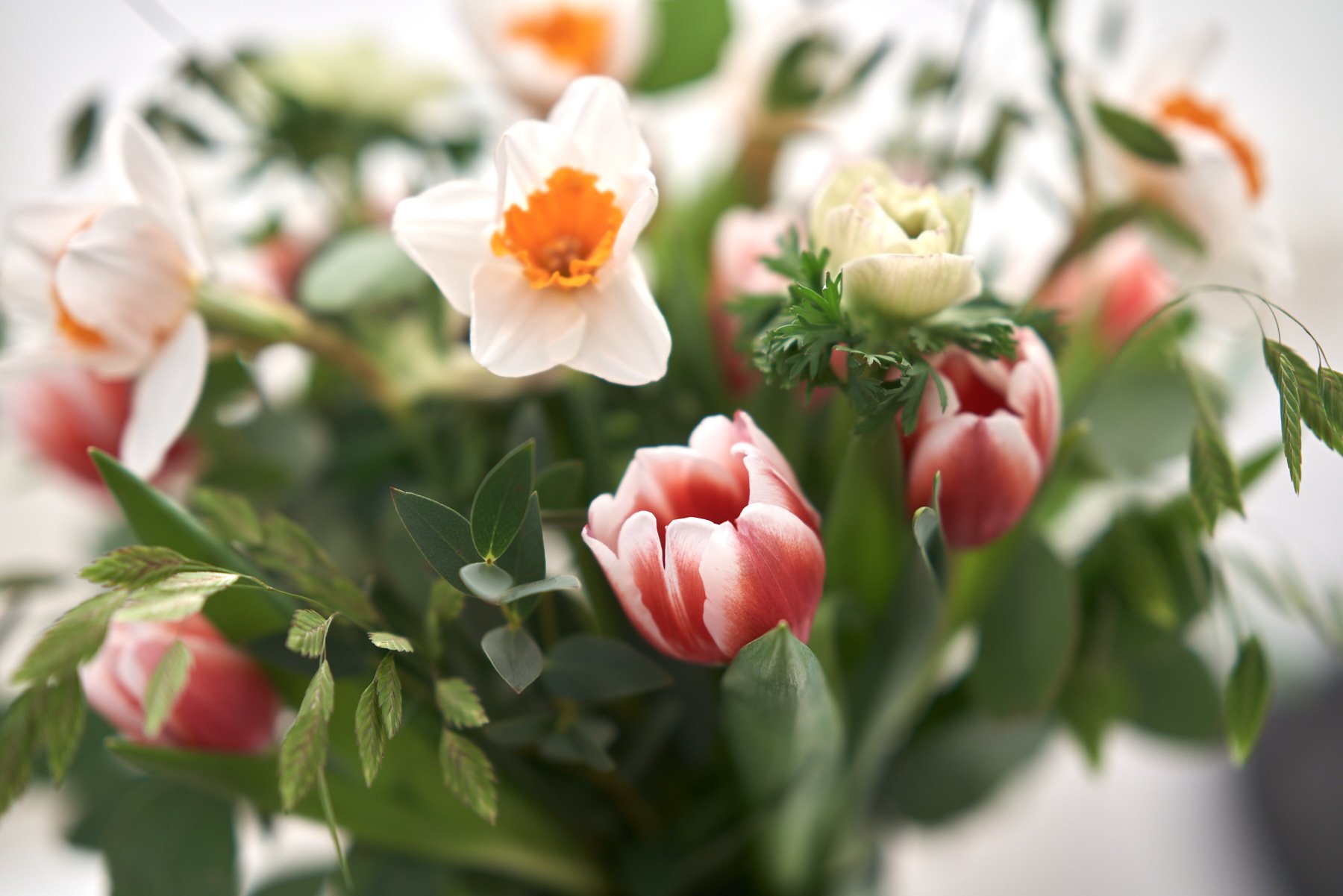Vilka försäkringar behöver mitt företag? En guide för företagare
Att driva ett företag innebär att hantera olika risker, och en viktig del av att skydda ditt företag är att ha rätt försäkringar på plats. Att välja...

Running a business is a journey filled with both successes and challenges. At some points businesses may face financial difficulties, and financial distress is one of the most demanding situations that can arise. The reasons for a company ending up in financial difficulties vary widely and depend on various factors, including industry, company size, economic conditions, and the competence of management in the company. Other factors may include high debt, insufficient demand for the goods or services provided, an increasingly competitive market, incorrect strategy, management issues, and economic crises.
Some industries, such as technology and innovation, may be more volatile with higher risks, while others, such as food production or healthcare, may be more stable. The current economical climate means that now is a time of strain and uncertainty for many industries. However, there are some strategies and key factors to consider when a business finds itself in financial distress.
The first step to take when a business experiences payment difficulties is to carefully evaluate the situation. Take an in-depth look at the financial position, including revenues, costs, debts, and assets. Identify where the problems lie and what factors have contributed to them. Once you have a better understanding of your company's financial situation, it's time to create an action plan. What needs to be done to address the payment difficulties? Many times, this may involve reducing costs, increasing sales, or renegotiating agreements with suppliers and creditors. But it may also require a couple of other tougher measures.
The first step to take is to start with cost reduction:
- Identify non-essential expenses and reduce or eliminate them.
- Negotiate lower prices with suppliers and subcontractors.
- Review and, if possible, reduce staff expenses by, for example, introducing short-time work or temporary layoffs.
After that, focus on increasing revenues:
- Develop marketing strategies to attract more customers.
- Offer discounts or promotions to increase sales.
- Explore new markets that can generate revenue.
Think outside the box and see if the company can offer new products or services that can generate additional revenue.
- Consider renting out unused equipment or space if applicable.
Finally, debt negotiation and debt consolidation should be considered:
- Contact suppliers and creditors to renegotiate payment terms.
- Ask for extended payment terms or to make partial payments if possible.
- If the company has multiple loans and credits with high interest rates, consider consolidating them into a loan with a lower interest rate to reduce the total debts.
If the above three steps do not resolve the financial difficulties or if the payment difficulties are more long-lasting, the next step should be to start selling off assets:
- Consider selling non-core assets to generate liquidity.
- Dispose of surplus inventory or equipment that is no longer needed.
- Reduce excess inventory and minimize inventory costs.
- Use data-driven methods to predict demand and optimize order management.
If the company still finds itself in financial difficulties, external financing must be injected into the company. This can be done through capital injections from existing owners, as well as from banks or financial institutions.
Please note that the above steps involve high risks and during tough market times, the above may mean that the company puts itself in a more serious situation. Evaluate the situation carefully; if the situation is only temporary, the above may be a good solution. If the situation is more long-term and permanent, the above is not always the right path to take.
If all other options have been tried and the company cannot recover or address the financial challenges, there is legislation in Sweden that allows for corporate reconstruction. This may involve a legal process where the company is reorganized to pay off debts and save the business. However, please note that corporate reconstruction relies on the company being able to demonstrate viability. If corporate reconstruction is not applicable, consider as a last resort initiating a bankruptcy process to liquidate debts and close the business in an organized manner.
Contact us at Ekonomibolaget, and we will help you create an action plan.

Att driva ett företag innebär att hantera olika risker, och en viktig del av att skydda ditt företag är att ha rätt försäkringar på plats. Att välja...

Som småföretagare har du mycket att hålla reda på, och skattereglerna kan ibland kännas som en djungel. En fråga som ofta dyker upp handlar om...

När året närmar sig sitt slut är det dags för företagare att börja förbereda sig för bokslutet. För många små och medelstora företag kan denna period...